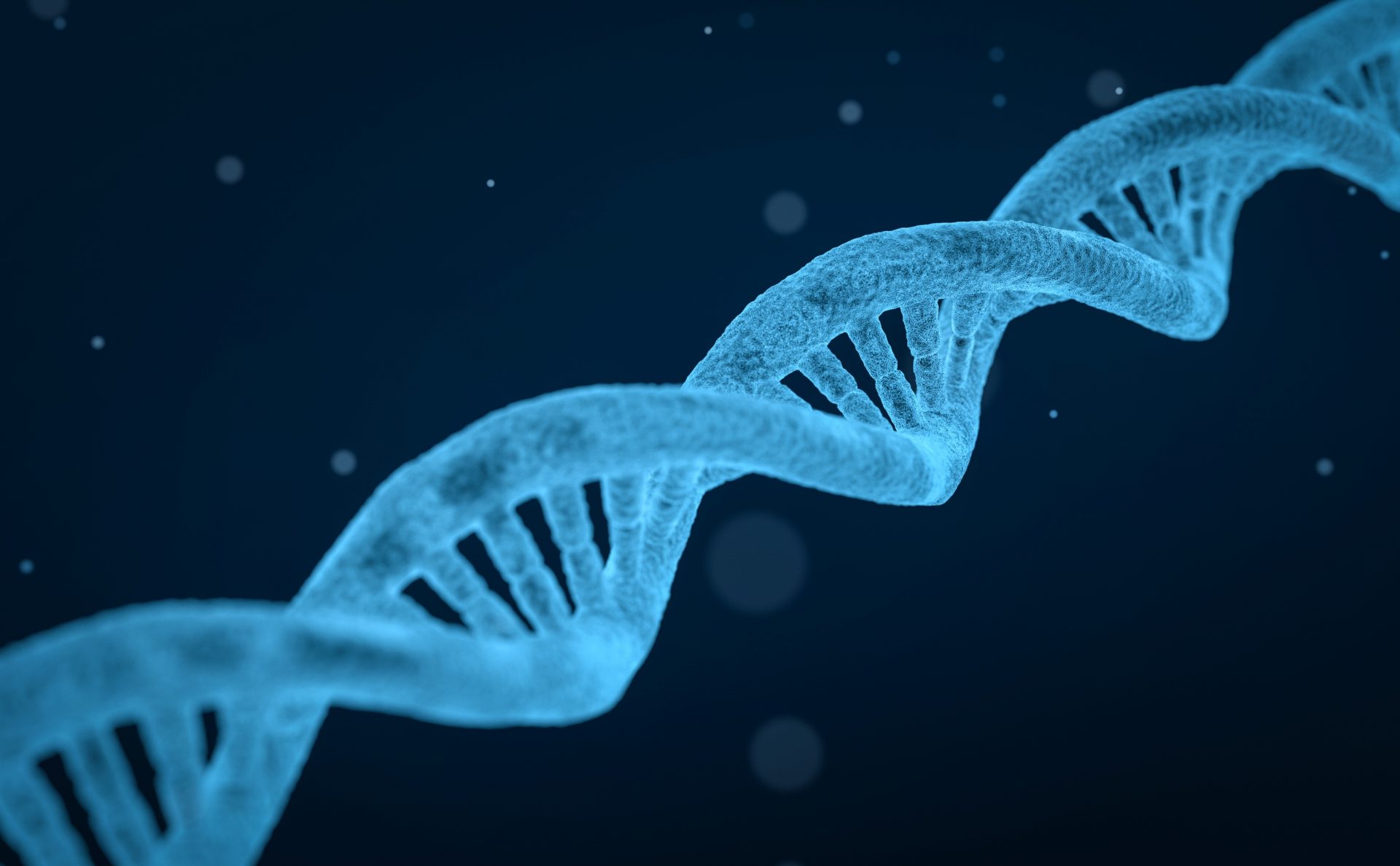Here you will find all available resources for the Leishmaniasis Challenge.
Glossary
- Leishmania
- Leishmania are a type of parasite. Please see FAQs for more details.
- Molecule
- A group of atoms bonded together, representing the smallest fundamental unit of a chemical compound that can take part in a chemical reaction
- Protein
- Proteins are large biomolecules, or macromolecules, consisting of one or more long chains of amino acid residues. Proteins perform a vast array of functions within organisms, including catalysing metabolic reactions, DNA replication, responding to stimuli, providing structure to cells, and organisms, and transporting molecules from one location to another. Proteins differ from one another primarily in their sequence of amino acids, which is dictated by the nucleotide sequence of their genes, and which usually results in protein folding into a specific 3D structure that determines its activity.
- Drug-Binding
- Please see FAQs
- In Silico
- Performed on a computer or via computer simulation
- Pentavalent
- Having five bonds
Resources
We are convinced that all the resources required to master this challenge are freely available online. However, to level the playing field and provide all the participants with a valid start points, challenge will include:
- Multiple high-quality models (experimental and theoretical) of all possible Leishmania proteins, both in apo (unboud) and holo (bound with a small molecule) form, with annotated known binding pockets and a way to translate these models to reflect particular species of the pathogen.
- Why do I need it? You can use the shape of a binding pocket to search for a similar one in the Protein Data Bank. You can use the shape and properties of bound molecules to look for similar ones in PubChem or ChEMBL. You can use the structure of the protein to see if your newly found molecule fits well into the pocket (molecular docking).
- Sets of bioinformatic predictions and annotations for each of the proteins, such as essentiality (does the parasite need it to live?), secondary structure, function, protein families, metabolic pathways, structures of homologous (evolutionarily related) proteins…
- Why do I need it? To identify new drug targets – for example if a protein in another organism is a good target for a particular, and your protein is similar to it in many ways, the same drug may work on your protein as well.
- References and links to large data sets with drug structures and their activities.
- Why do I need it? To identify new potential drugs. If a molecule “fits” in the binding pocket, it is likely to bind there with certain affinity. If two molecules are shown to work on one of the targets in some organism and one of them works in a different one, it is likely that the second one works too.
- A Jupyter notebook with ready-made recipes to perform essential tasks for computer-aided drug discovery


